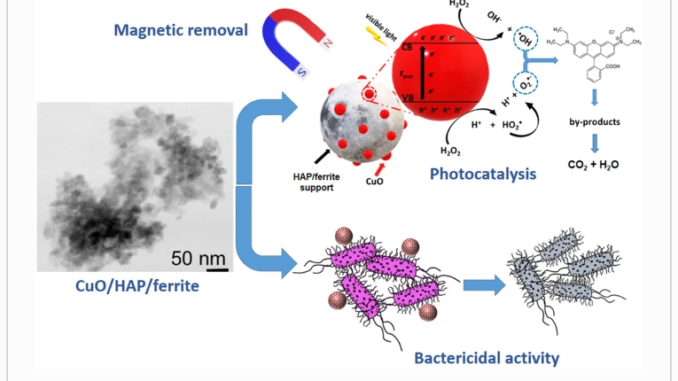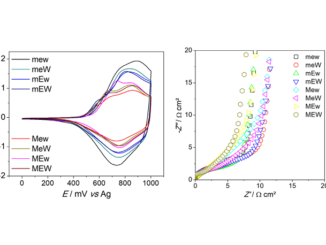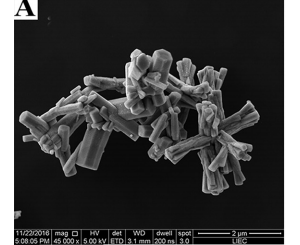
CuO nanoparticles decorated on hydroxyapatite/ferrite magnetic support: photocatalysis, cytotoxicity, and antimicrobial response
Abstract: Photocatalysts supported in magnetic nanocomposites for application in environmental remediation processes have been evaluated for removing contaminants due to easy recovery and low toxicity to the ecosystem. In this work, copper oxide (CuO) nanoparticles with photocatalytic properties were decorated on magnetic support constituted by hydroxyapatite (HAP) and ferrite to achieve efficiency in contaminated water remediation under visible light irradiation. First, nanomaterials were obtained by precipitation route, allowing fast and straightforward synthesis. Then, CuO nanoparticles with 6 nm diameter were efficiently decorated on magnetic support (25 nm), showing a high ability to absorb visible light irradiation (bandgap) to promote electronic transition and charge separation. Under visible irradiation, CuO promotes the H2O2 reduction in the conduction band (BC) to form hydroxyl radicals (•OH), which are responsible for rhodamine B (RhB) dye degradation (> 90% in 60 min). Magnetic hysteresis assays confirmed the magnetic properties of HAP/ferrite support, which enabled the recovery and reuse of the magnetic photocatalyst efficiently up to 3 cycles. Due to low Cu2+ leaching after the photocatalytic application stage, cytotoxicity assay for the Allium cepa seeds did not exhibit abnormal cells other than those commonly found. Furthermore, the CuO-decorated nanoparticles showed bactericidal activity against S. aureus (Gram-positive) and E. coli (Gram-negative) microorganisms, being more significant for the first one. Thus, the developed nanocomposite of CuO nanoparticles decorated on the magnetic support surface showed to be a complete system for water remediation, acting in contaminant degradation under visible light irradiation and bactericidal control with environmentally friendly characteristics.
Author(s): Paris, E. C.; Donizette Malafatti, J. O.; Moreira, A. J.; Santos, L. C.; Sciena, C. R.; Zenatti, A.; Escote, M. T.; Mastelaro, V. R.; Rincon Joya, M.
Environmental Science and Pollution Research
Published: 28 January 2022
DOI: https://doi.org/10.1007/s11356-021-18263-y
CDMF
The CDMF, hosted at the Federal University of São Carlos (UFSCar), is one of the Research, Innovation and Dissemination Centers (RIDC) supported by the São Paulo State Research Support Foundation (Fapesp), and also receives investment from the National Council Scientific and Technological Development (CNPq), from the National Institute of Science and Technology of Materials in Nanotechnology (INCTMN).




